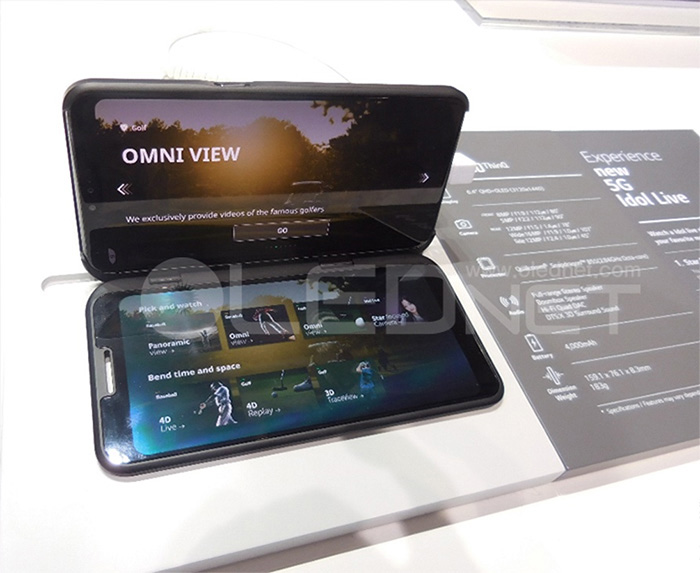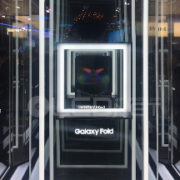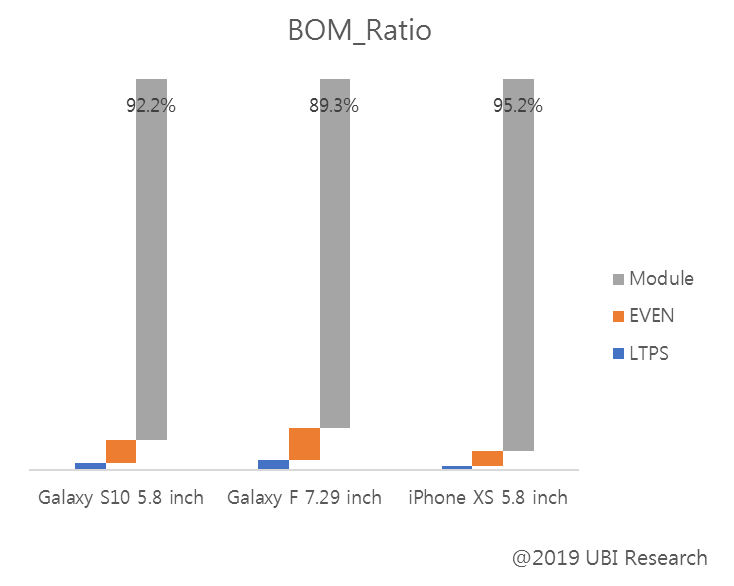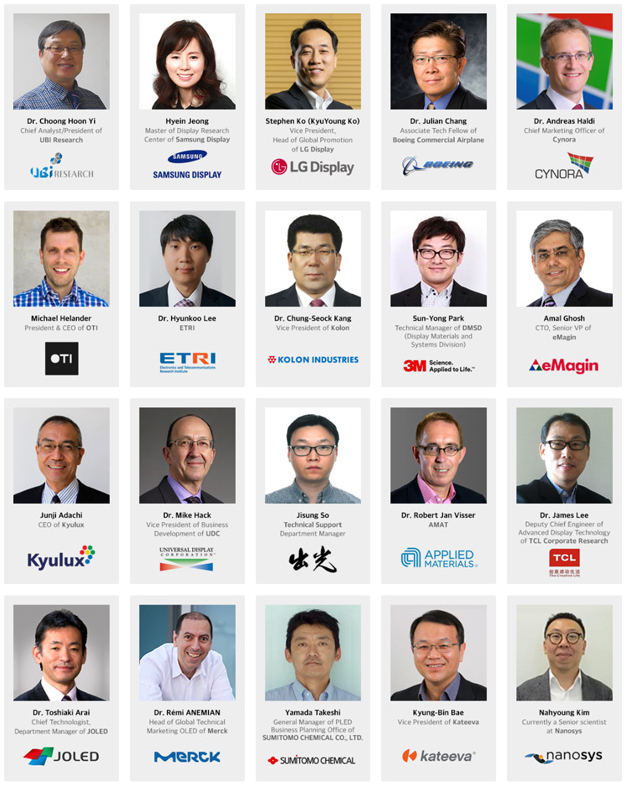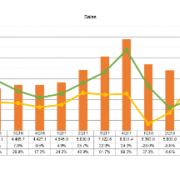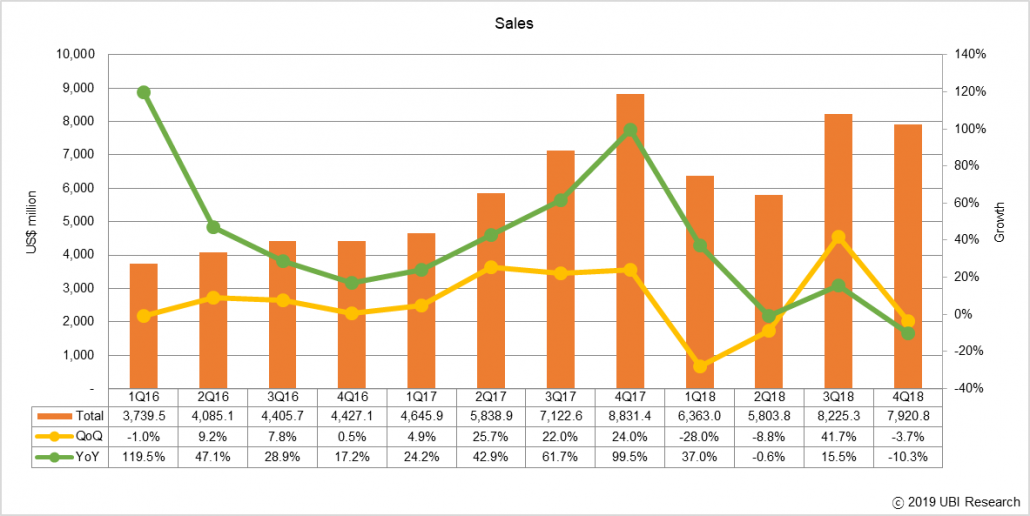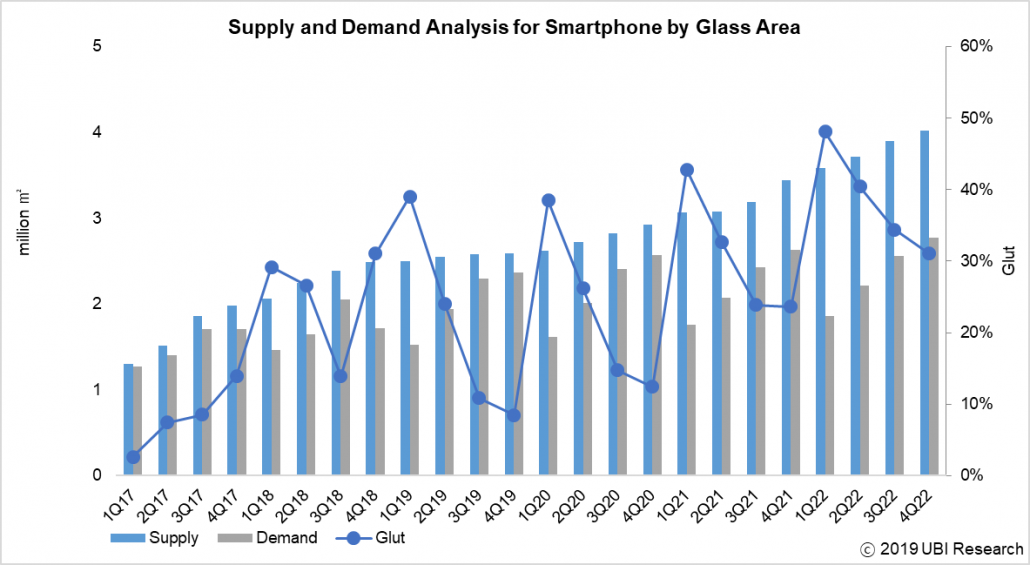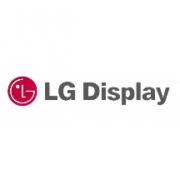[MWC 2019] The new form factor, foldable phone wars heat up
Reporter : Daejeong Yoon
Smartphone makers are promoting the new form factor, foldable phones at MWC 2019 started on February 27 and it runs until 29 in Barcelona Spain.
The show is buzzing with products from big-name tech companies, including Samsung Electronics and Huawei,TCL, LG Electronics being unveiled. That includes a variety of phones with foldable screens.
Samsung unveiled foldable phone ‘Galaxy Fold’ to customer, highly touted at the Samsung Galaxy unpacked event.
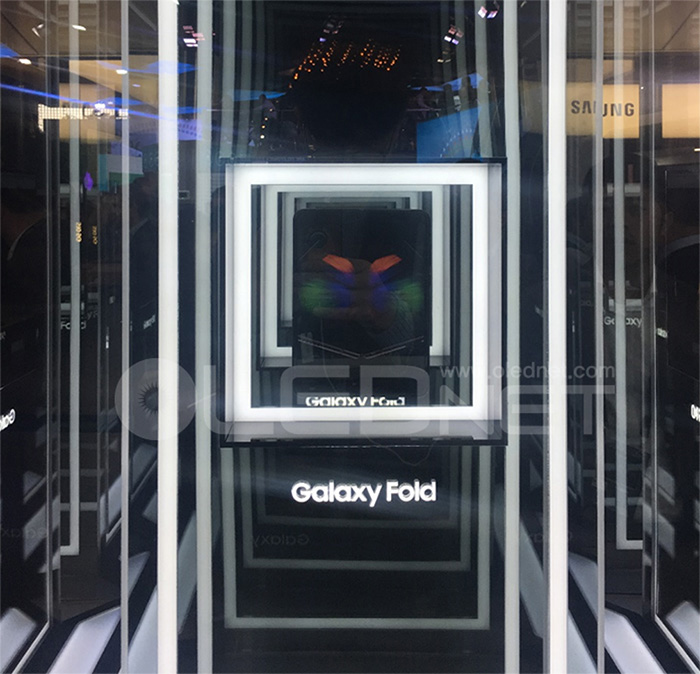
In folding ‘Galaxy Fold’ features a 7.3-inch QXGA + resolution OLED screen and it was built to be compact size with 4.6-inch HD + resolution OLED when folded.
And Huawei announced its own foldable phone “Mate X” uses roll out foldable technology, it is surrounded by a 6.6-inch main OLED on the front and a 6.38-inch on the back. It is 8.7 inches when it is opened, 1.4 inches bigger than Samsung Electronics’ Galaxy Fold.
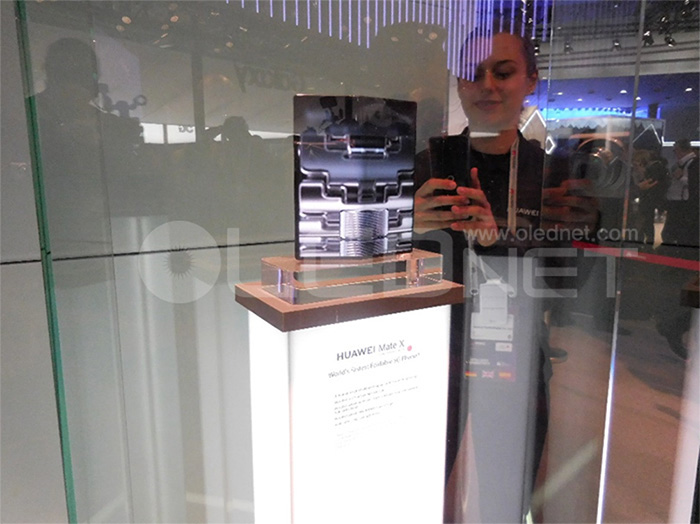
Mate X’s front display has 2480 × 1148 resolution with a 19.5: 9 aspect ratio. The back OLED has a 2480 × 892 resolution with a 25: 9 aspect ratio. When you flip it open, the resolution is 2480 × 2200 with an aspect ratio of 8: 7.1. .
Also, TCL announced the prototype device uses the company’s proprietary “DragonHinge” mechanism to fold and unfold the screen, it has 7.2-inch screen.
According to TCL, this device will build a production version that is slated for release by 2021.
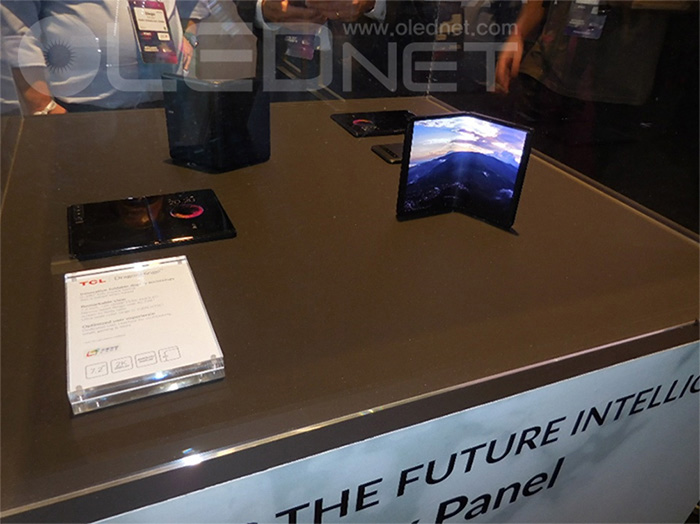
Lastly, LG showed off V50 which is similar to a folding phone, it does have an optional case with a whole second screen on it. With two near-identical phone displays next to each other, the functional split-screen allows multitasking and gaming easily.
